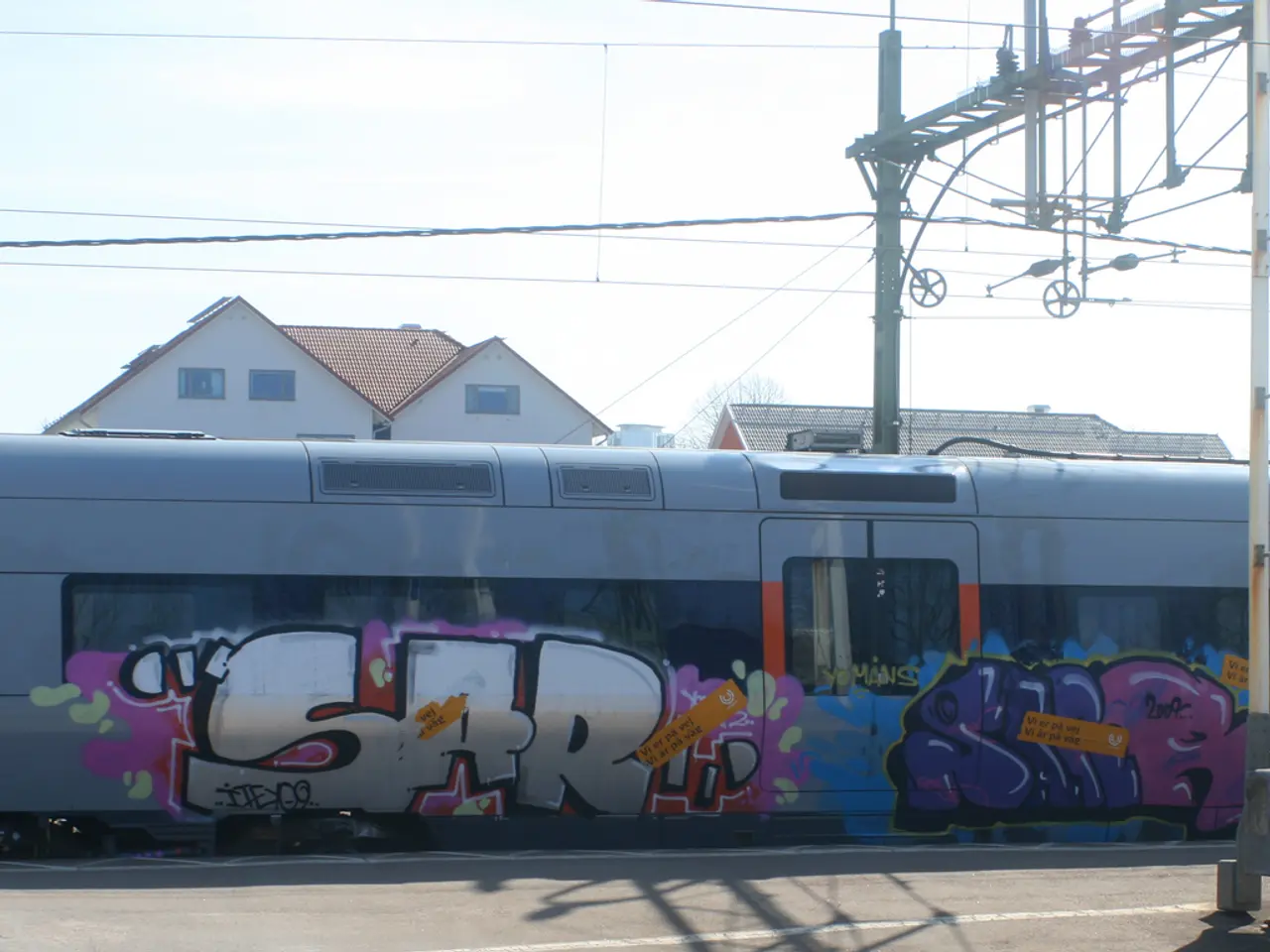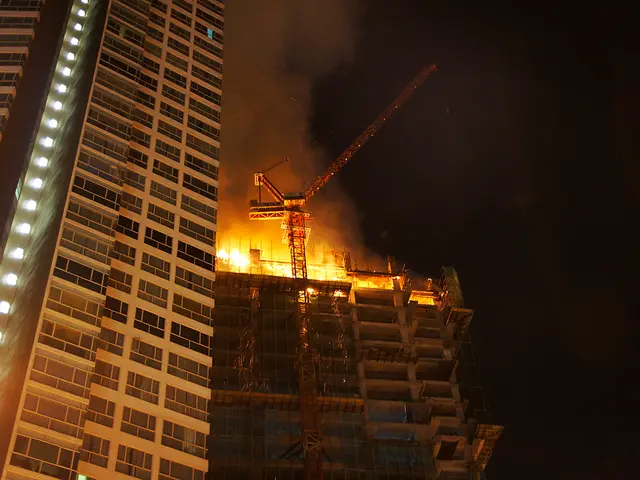Railroad signaling vulnerability poses risk for train disruptions on a large scale
A newly disclosed vulnerability in train braking systems, tracked as CVE-2025-1727, has raised concerns within the rail community. Chris Butera, acting executive assistant director for cybersecurity at CISA, has stated that the rail community has known about the signaling vulnerability for over a decade.
In response, CISA has urged affected companies to take immediate action to minimize the risk of exploitation. Key recommendations include isolating control system networks from the internet, implementing firewalls and network segmentation, using secure remote access methods such as Virtual Private Networks (VPNs), and performing thorough impact analysis and risk assessments before deploying defensive measures.
The Association of American Railroads (AAR) is developing new systems to replace the vulnerable ones, with a new protocol selected in May. However, deployment of fixes is projected earliest by 2027.
CISA is working closely with the railroad industry to drive mitigation strategies for the vulnerability. The Transportation Security Administration (TSA) has also been actively involved, issuing its first cyber regulations for the rail industry in 2022. The TSA's work in helping the rail industry with cyber threats and natural disasters is ongoing and still developing.
The vulnerability affects a protocol used for end-of-train and head-of-train packets, and it involves weak authentication in the protocol. Daniel dos Santos, senior director and head of research at Forescout, urges companies to identify their potential exposure and deploy intrusion-detection software that can spot data packets originating outside a trusted network.
Neil Smith, one of the researchers who discovered the vulnerability, reported it to the Department of Homeland Security in 2012, but claims the AAR only acknowledged it if he could prove it in real life. The AAR has been dismissive of the seriousness of the issue, according to Smith.
Despite the concerns, CISA notes that while the vulnerability is technically significant, it is currently not remotely exploitable and exploitation would require physical access, specialized knowledge, and equipment, which limits its feasibility. However, Daniel dos Santos notes that the vulnerability can be exploited wirelessly and affects a protocol that will be difficult to fix.
The flaw "highlights the critical need for cybersecurity on railways," according to Daniel dos Santos. The TSA's efforts to help the rail industry shore up its digital defenses are considered nascent compared to the work in sectors like finance and energy.
[1] CISA - CISA Recommends Mitigation Strategies for CVE-2025-1727 Vulnerability in Train Braking Systems [2] Association of American Railroads - AAR Announces New Systems to Replace Vulnerable Ones [3] Transportation Security Administration - TSA Issues First Cyber Regulations for Rail Industry [4] Daniel dos Santos, Forescout - Urgent Call to Action: Identify and Protect Against CVE-2025-1727 Vulnerability in Train Braking Systems
- The rail community is facing a significant risk due to a newly disclosed vulnerability, CVE-2025-1727, in train braking systems, which requires immediate action according to Chris Butera from CISA.
- As a response, CISA has suggested isolating control system networks, implementing firewalls and network segmentation, secure remote access methods, impact analysis, and risk assessments.
- The Association of American Railroads (AAR) is working on replacing the vulnerable protocols, with a new system to be deployed by 2027.
- TSA has issued its first cyber regulations for the rail industry and is involved in helping the industry mitigate cyber threats and natural disasters.
- The vulnerability lies in the weak authentication of a protocol used in end-of-train and head-of-train packets, and Daniel dos Santos from Forescout advises identifying potential exposure and deploying intrusion-detection software.
- Neil Smith, one of the researchers who discovered the vulnerability, reported it to the Department of Homeland Security in 2012, but claims the AAR only acknowledged it when he could prove it in a real-life scenario.
- The flaw underscores the critical need for cybersecurity on railways, with TSA's initiatives in this area perceived as still developing when compared to sectors like finance and energy.




